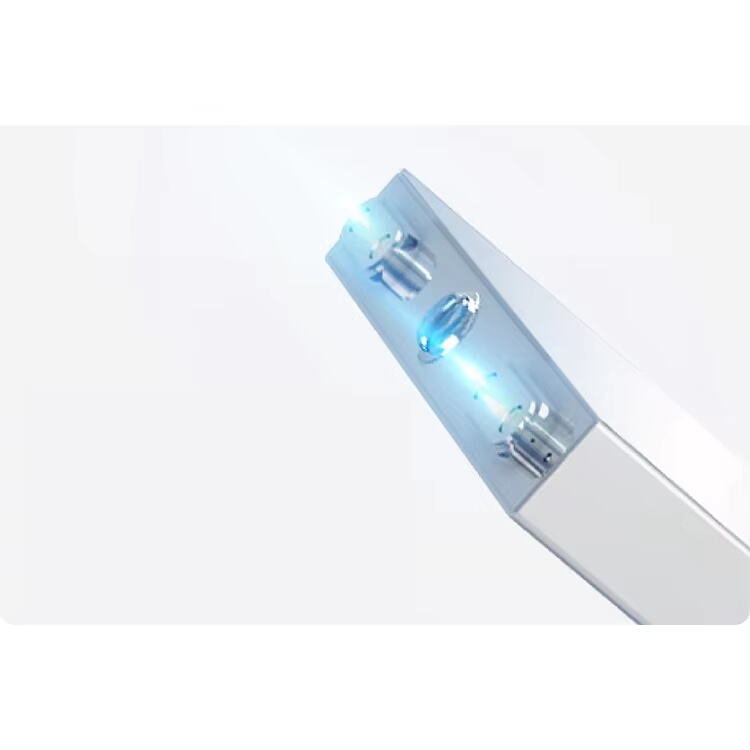Selecting the optimal battery cell for your device is a critical decision that can significantly impact performance, longevity, and user experience. As our reliance on portable electronics continues to grow, the importance of choosing the right battery cell becomes increasingly vital. From smartphones and laptops to electric vehicles and medical devices, each application demands specific power requirements that only certain battery cells can deliver.
The world of battery cells has evolved dramatically over the past decade, offering an extensive range of chemistries, sizes, and specifications. This comprehensive guide will help you navigate through the complex landscape of battery technology to make an informed decision for your specific needs.
The voltage and capacity of a battery cell are fundamental parameters that determine its compatibility with your device. Nominal voltage, typically ranging from 1.2V to 3.7V depending on the chemistry, must match your device's requirements. Capacity, measured in milliampere-hours (mAh) or ampere-hours (Ah), indicates how much energy the battery cell can store. Higher capacity generally means longer runtime, but it's essential to balance this with size and weight constraints.
When evaluating battery cell specifications, consider both the peak and sustained power requirements of your device. A cell rated for high discharge currents might be necessary for devices with demanding power needs, while a lower-rated cell could suffice for less intensive applications.
Battery cells come in various standardized formats, including cylindrical (18650, 21700), prismatic, and pouch cells. The physical constraints of your device will largely dictate which form factors are viable options. Cylindrical cells offer excellent mechanical stability and are widely used in laptops and power tools. Prismatic cells provide efficient space utilization and are common in mobile phones. Pouch cells offer the highest energy density but require additional protection.
Consider not just the current size requirements but also any potential future modifications or upgrades to your device. Leaving some margin for thermal management and protection circuits is always prudent when selecting a battery cell format.
Lithium-ion remains the dominant battery cell chemistry, offering an excellent balance of energy density, cycle life, and cost. Within the lithium-ion family, several variants exist, each with unique characteristics. NMC (Nickel Manganese Cobalt) cells provide high energy density ideal for mobile devices. LFP (Lithium Iron Phosphate) cells offer enhanced safety and longevity, making them suitable for stationary and industrial applications.
The choice of lithium-ion chemistry should align with your primary requirements. If maximum runtime is crucial, consider high-energy-density options. If safety and longevity are paramount, LFP might be the better choice despite its lower energy density.
Beyond lithium-ion, other battery cell chemistries serve specific niches. Nickel-Metal Hydride (NiMH) cells offer good performance at a lower cost, though with reduced energy density. Lead-acid cells, while heavy and bulky, remain viable for applications where weight is not a primary concern and cost-effectiveness is essential.
Emerging technologies like solid-state batteries promise enhanced safety and energy density, though their commercial availability remains limited. When selecting a chemistry, consider not just current needs but also the technology's maturity and long-term availability.

The operating environment significantly impacts battery cell performance and longevity. Most battery cells perform optimally between 20°C and 30°C, with significant deviations affecting capacity, charging capabilities, and cycle life. High temperatures accelerate aging and may pose safety risks, while low temperatures can dramatically reduce available capacity and charging efficiency.
For devices operating in extreme conditions, specialized battery cells designed for high or low-temperature operation may be necessary. These often incorporate modified chemistries or additional protection features to maintain safe and reliable operation across a broader temperature range.
Safety considerations should never be compromised when selecting a battery cell. Different applications require varying levels of protection against overcharge, over-discharge, short circuits, and thermal runaway. Medical devices, for instance, demand cells with exceptional safety ratings and multiple redundant protection mechanisms.
Evaluate the protection features built into the cell and consider what additional protection circuits might be necessary. Some cells include internal PTC devices or CID mechanisms, while others rely entirely on external protection circuits.
The total cost of implementing a battery cell solution extends beyond the unit price. Consider the costs of protection circuits, thermal management systems, and any required certification processes. Volume pricing can significantly impact the final cost, making it important to evaluate different suppliers and minimum order quantities.
Factor in the expected lifetime and replacement cycles when calculating the total cost of ownership. A more expensive cell with longer cycle life might prove more economical in the long run than a cheaper alternative requiring frequent replacement.
Ensure your chosen battery cell has a stable supply chain with multiple qualified manufacturers. Single-source dependencies can create significant risks to product availability. Consider the manufacturer's track record, production capacity, and ability to meet your quality and delivery requirements.
Evaluate the long-term availability of your selected cell type, particularly for products with extended service lives. Having alternative qualified sources or compatible replacements can mitigate supply chain risks.
A battery cell's lifespan varies significantly based on chemistry, usage patterns, and environmental conditions. Most lithium-ion cells maintain 80% of their original capacity after 500-1000 charge cycles under optimal conditions. However, this can range from 300 to over 3000 cycles depending on the specific chemistry and application requirements.
Essential certifications include UL 1642 for lithium batteries, IEC 62133 for portable applications, and UN 38.3 for transportation safety. Medical devices may require additional certifications like IEC 60601-1. Always verify that certifications are current and appropriate for your intended market and application.
While it's technically possible to substitute different battery cell chemistries, it's generally not recommended without careful engineering evaluation. Different chemistries have unique voltage profiles, charging requirements, and safety characteristics that may require significant modifications to the device's power management system and protection circuits.
 Hot News
Hot News
Copyright © 2025 PHYLION Privacy policy